Presenter: Sara Blakely, Founder of Spanx.
Title: Sarah Blakely teaches Self-Made Entrepreneurship
Favourite Insights:
- Self Taught, Still Owns 100% of Company,
- Started her business with $5,000
- Cross-trained as a Stand-Up Comedy act to gain confidence,
- She hustles and advocates staying scrappy.
- Grew organically as the Spanx brand did not advertise for the first 16 years.
- In 2012, according to Forbes Magazine, she became the youngest self-made female billionaire at age 41
Sara Blakely had no fashion, retail, or business leadership experience when she invented Spanx in the late 1990s. All she had was $5,000 and an idea. Back then, while hawking fax machines door-to-door in the Florida heat, 27-yearold
Sara had to wear pantyhose (a dress code enforced by the company she worked for, Danka). While Sara liked the control-top element of the hose, she didn’t like the seam that showed through her open-toed shoes. She decided there must be a way to have one without the other.
Soon after, Sara had a chance to put the idea into practice. She had been invited to a party and decided to go in a pair of cream-colored pants—a garment notorious for revealing underwear lines. To avoid any mishaps, she put on a pair of pantyhose, but first, she cut out the feet. Three years shy of her 30th birthday, Sara made the very first prototype for what was to become Spanx.
Spanx’s meteoric rise happened in large part thanks to Sara’s marketing savvy. After officially founding the company in 2000, she sent some of her products to The Oprah Winfrey Show. That same year, Winfrey featured Spanx as one of her famously “Favorite Things,” helping the product take off and giving Sara the opportunity to work on Spanx full time
The following year, Sara made a deal with QVC, a home shopping channel, which led to another major sales boost.
Sara is living proof that you don’t need a business degree—or even that much money in savings—to become a successful entrepreneur. “One of the most common misconceptions of entrepreneurs is that we had it all figured out before we took the leap,” she says. Many successful entrepreneurs get started by simply offering a new solution to a widespread issue.
Here are my favourite takeaways from watching Spanx didn’t advertise for the first 16 years it was in business. Even so, it became a global brand. This happened in large part because of its strong sense of purpose— in other words, its mission statement. Let Your Mind Wander Give yourself some room to dream by putting yourself in a creative mindset. Go someplace where you know you won’t be interrupted—your bedroom, somewhere in nature—and start by getting quiet. Spend a few minutes wiping your mind of other tasks and worries. Focus on creating a blank slate upon which to sketch some business ideas. Sara finds her blank slate in the car. That’s where she came up with the name “Spanx.” (Well, it’s where she came up with “Spanks.” She later switched out the ks for an x, having read somewhere that made-up words do better as brand names than real ones.) Once she realized the car was where she came up with her best ideas, Sara committed, going so far as to design herself a “fake commute” to work. Sara lives six minutes from the Spanx headquarters, but she’ll get up an extra hour early to drive aimlessly around town just to have time to do her best thinking while she gets there. Ask Yourself Why Sara is constantly asking herself why: Why doesn’t a certain product exist? Why isn’t a rudimentary task done in a more efficient way? Why hasn’t any product within a specific space evolved in a while? Life is full of inefficiencies. It’s important to remember that most everything around you was created by other (fallible) human beings. The answer to why something doesn’t exist may be that no one’s been able to make it well, or no one’s had the time—or even the idea. Filter Your Ideas So, you’ve collected some ideas, but you still need to figure out which one is your idea. Sara uses three filters to home in on her top priorities: time, money, and resources. As an entrepreneur, you’ll have to constantly be checking in on all three. Sara uses three filters to home in on her top priorities: time, money, and resources. ASK YOURSELF THESE QUESTIONS FOR EVERY IDEA ON YOUR LIST: • How hard is it going to be to make this product? • How much will it cost to make? • How many manufacturers will it take? • How much will it cost to ship? • How heavy is the product? • How big of a team do you need to help you make and sell your product? Finding the White Space When Sara talks about “white space,” she’s talking about an unexplored entrepreneurial arena. White space represents a lack of solutions to a problem—a place where no product or great idea currently exists as an answer to a dilemma. The Entrepreneurial Mindset Having doubts makes you human. Knowing how to nip them Hin the bud can make you a great entrepreneur. When Sara was a teenager, her parents separated. Before her dad left, he came into her room and—“I will never forget it,” Sara says—gave her a cassette tape series by Wayne Dyer, titled How to Be a No-Limit Person. The audiobook was about gaining control of your life through positive thinking. Dyer emphasized concepts like turning anger into useful action and establishing a clear sense of direction to help guide your everyday activities. Above all, the book taught Sara how to think instead of what to think, the latter being exclusively what she’d learned at school. You have to give yourself your own pep talks, Sara says. Your ability as an entrepreneur will come from your ability to control your own thoughts and confront your self-doubt, making it easier to navigate the failures and disappointments inherent in going it on your own. Recommended NETWORKING GROUPS AND EVENTS FOR WOMEN Something that kept Sara going was an image of her sitting on The Oprah Winfrey Show, which she eventually did. What’s your version of being on Oprah? Redefine Failure: When Sara was growing up, her dad used to ask her and her brother what they’d failed at that week. For each failure, Sara would get a hearty congratulations. Typically, failing has negative connotations, but Sara’s dad turned failure into something positive. Failing indicates that you’ve tried something, which can be a scary thing to do. True failure is not trying at all. Practice failure dialogues. You can do this out loud with a friend, on your own in your notebook, or both. If you live with a roommate, partner, or family member, have that person ask you about your failures every day for a week. Answer honestly. (You can also write down your daily failures in your notebook.) Soon, you may find that instead of feeling shame when you discuss your failures, you’ll feel pride at showing off what you’ve attempted. Selling It You may think that when you’re selling your product, you’re selling your product, but that’s not the case. You’ll be selling the problem that your product solves. Face Your Fear Many entrepreneurs fear public speaking, failure, and being embarrassed. Ultimately, a fear of selling comes down to the very human fear of rejection. The only way to chisel away at that fear is to expose yourself to it. Getting rejected again and again will anesthetize you to the letdown, and it will stop stinging so much. There are various classes you can take to get more comfortable with selling products to strangers: • Take a straightforward public speaking class—anything to get you more comfortable in front of a crowd. • Take an acting or stand-up comedy class (Sara did the latter). Both will force you to confront your vulnerability and get you accustomed to talking to strangers. Plus, you’ll learn the importance of good timing and delivery— a skill that is as key in sales as it is in acting and comedy. • Take a debate class. It will push you analyze two ways to look at an issue. This goes back to anticipating objections that potential customers may have to buying your product Stay Scrappy The more success you get, the more people will start coming out of the woodwork to get in on that success. In the business world, those people often come in the form of experts insisting you need their help to grow. In some cases, this may be true. Don’t turn your nose up at every expert who offers advice. On the flip side, though, you might find that you can perform some of the skills those experts are peddling just fine on your own. You don’t need to go to business school to start a business. “What you don’t know can often become your greatest strength,” Sara says. Don’t wait until you’ve figured out the full trajectory of your future business before getting started on your big idea. Recommended Resources Books Recommended Reading on Patenting your Ideas NDA Generators Patenting Choosing a Manufacturer About Masterclass MasterClass is a streaming platform that makes it possible for anyone to learn from the very best. MasterClass is an online membership – accessible on your phone, web, Apple TV, Roku devices, and Amazon Fire TV – that offers classes on a wide variety of topics taught by 85+ world-class masters at the top of their fields. Their immersive learning experiences combine incredible video content, downloadable materials, and social interaction with the MasterClass community, all of which users can explore at their own pace. The annual membership is available for $180 USD, which allows unlimited access to ALL on demand MasterClass content for the year Give One Annual Membership. Get One Free. MasterClass Annual Membership for only $180 USD All the best in your quest to get better. Don’t Settle: Live with Passion. For More Information: MasterClass Home Page
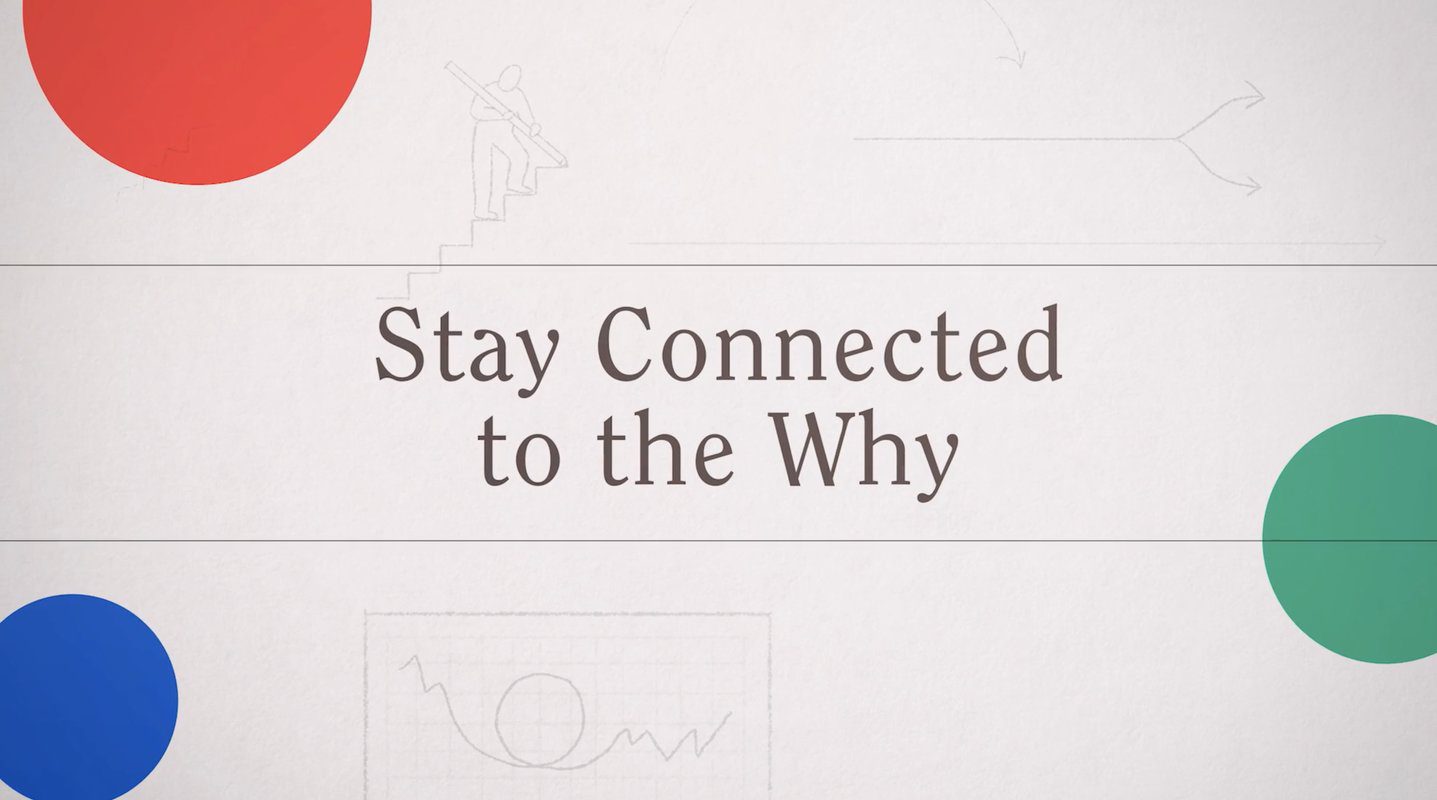
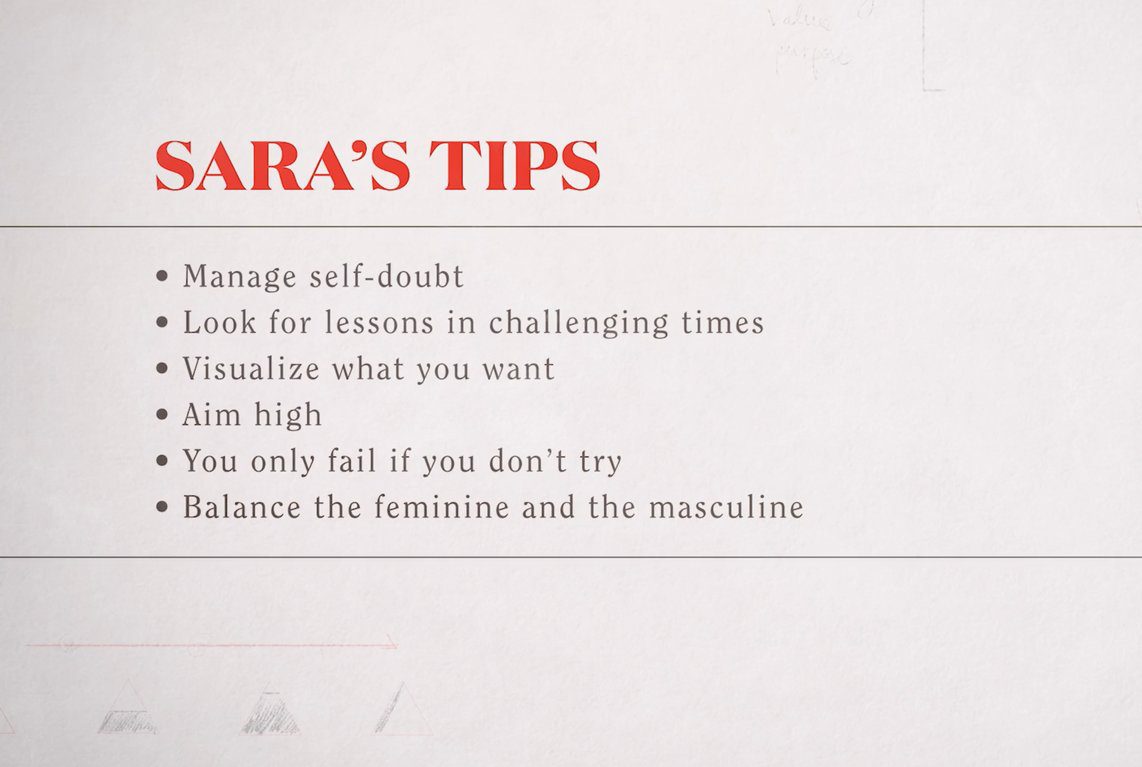
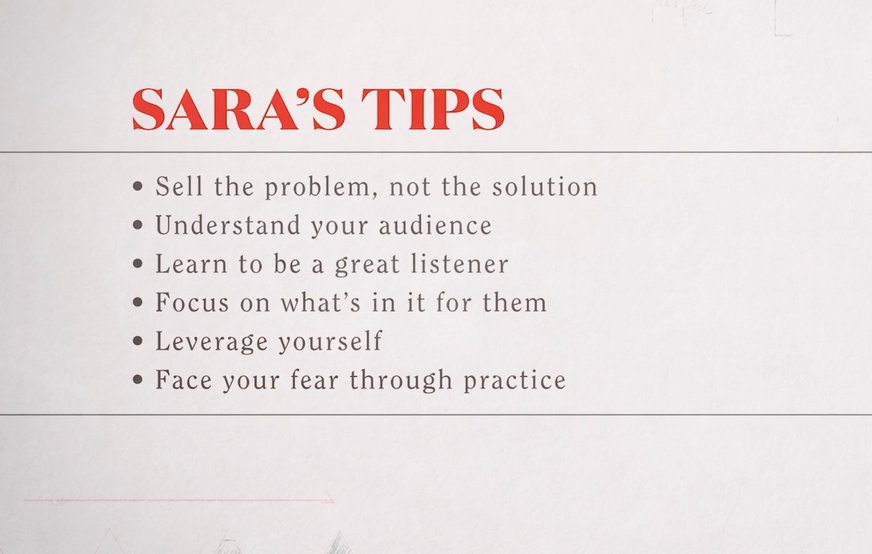
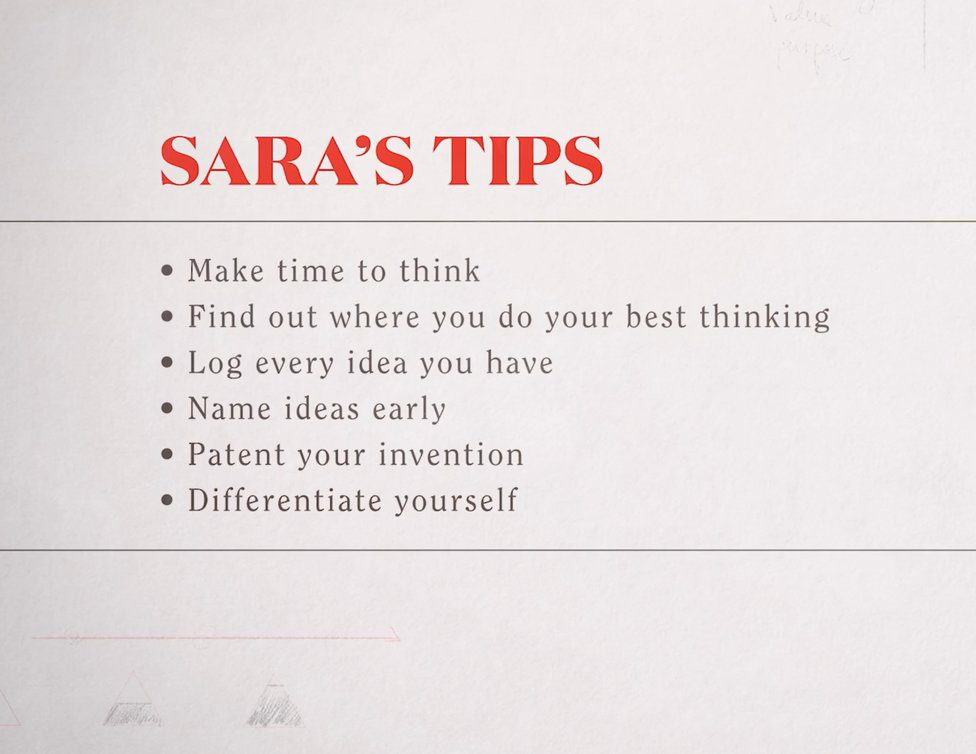
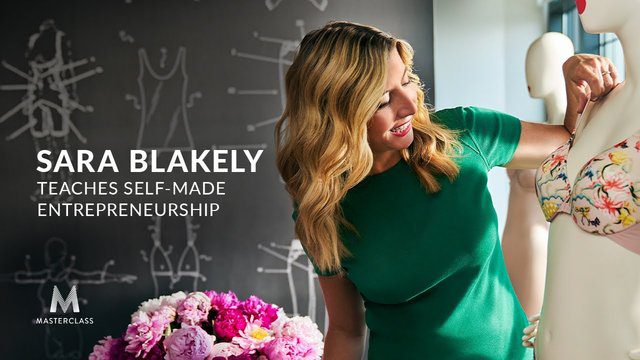

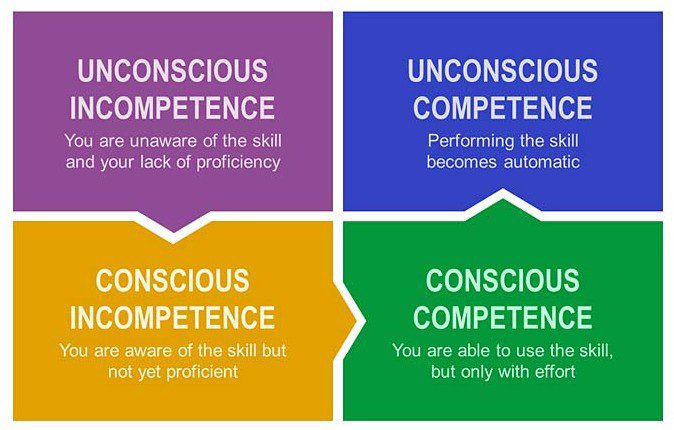
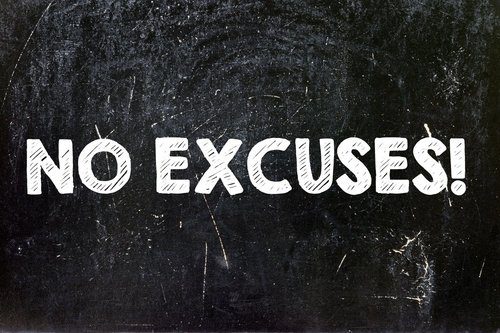
Comments are closed.